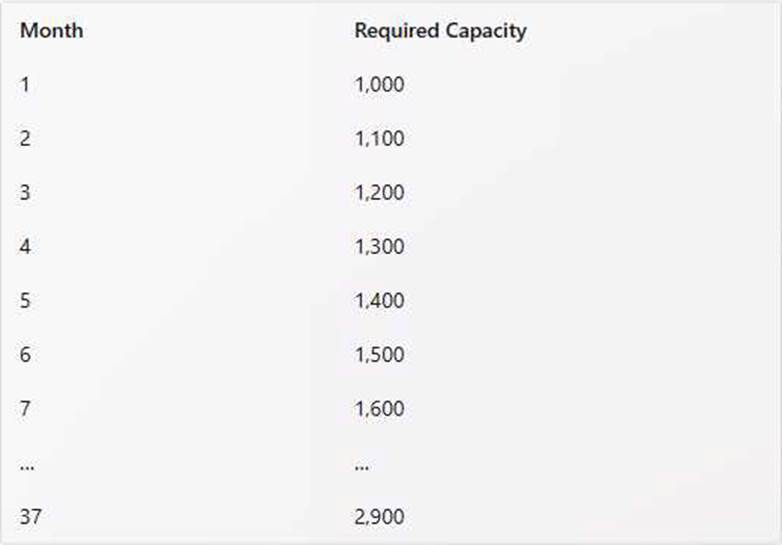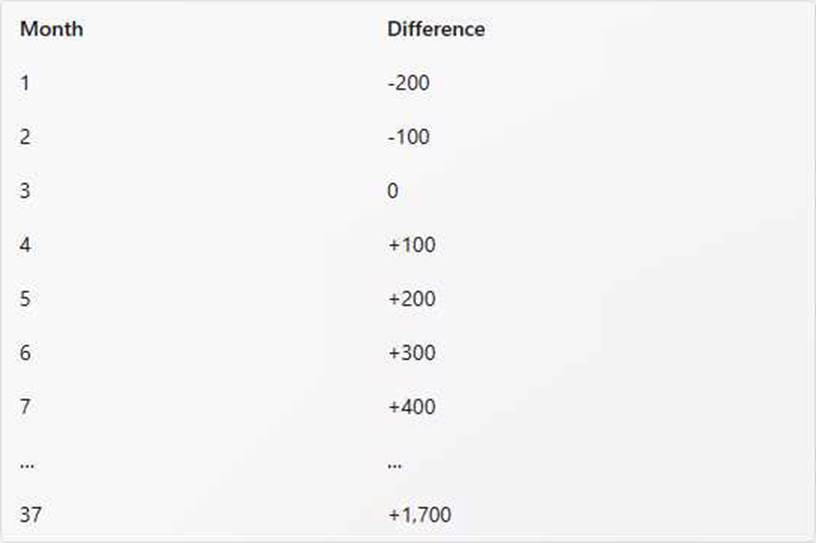APICS CPIM-Part-2 Certified in Planning and Inventory Management(Part 2) Online Training
APICS CPIM-Part-2 Online Training
The questions for CPIM-Part-2 were last updated at Apr 28,2025.
- Exam Code: CPIM-Part-2
- Exam Name: Certified in Planning and Inventory Management(Part 2)
- Certification Provider: APICS
- Latest update: Apr 28,2025
External sustainability reporting and verification is an opportunity for a company to communicate its:
- A . confidence.
- B . profitability.
- C . growth.
- D . performance.
An example of a cradle-to-cradle sustainability model would be:
- A . a laundry service collects dirty baby clothes from families; cleans the clothes in large, efficient batches; and then sorts and delivers the clothes back to each family.
- B . a coffee shop collects paper waste in its restaurants, has a selected supplier collect the paper waste to be recycled, and then purchases paper products from that supplier.
- C . a company uses wood that has been gathered from multiple sources to construct items, such as beds and toys for babies and young children.
- D . a bank offers the lowest interest rates on loans to firms that are committed to using recycled materials and implementing zero-waste initiatives in their processes.
Which of the following statements is true about the mean time between failures (MTBF) measure?
- A . Itis used for non-repairable products.
- B . An increase in MTBF is proportional to an increase in quality.
- C . Itis a useful measure of reliability.
- D . Itis the same as operating life or service life.
A supplier making a part with a specified dimension of 50 mm + 0.3 mm changes the tolerance range to + 0.5 mm.
Which of the following pairs correctly identifies the changes to the percentage of defective parts and the process capability index?
- A . The percentage of defective parts increases, and the process capability index increases.
- B . The percentage of defective parts increases, and the process capability index decreases.
- C . The percentage of defective parts decreases, and the process capability index increases.
- D . The percentage of defective parts decreases, and the process capability index decreases.
Work Center 1 has an available capacity of 1,200 hours per month.
Which of the following amounts represents the cumulative difference between the required capacity and the available capacity of Months 1 through 37
- A . 50
- B . 150
- C . 1,250
- D . 3,750
A customer requests an order of 100 units in Period 1. The master schedule for the item indicates an available-to-promise (ATP) of 85 units for Period 1.
Which of the following approaches is the most appropriate course of action?
- A . Increase the master production schedule (MPS) quantity in Period 1 by 15 units.
- B . Promise the 100 units, and then check on component availability.
- C . Promise the 85 units in Period 1 and the remaining 15 units in the next possible ATP period.
- D . Promise the 100 units by removing 15 units from another customer’s order with a smaller revenue value.
Which of the following factors typically would distort a sales forecast that is based solely on shipment history?
- A . Material shortages
- B . Labor rate changes
- C . Currency exchange rates
- D . Customer demands
An advantage of applying ABC classification to a firm’s replenishment items is that:
- A . it distinguishes independent demand from dependent demand.
- B . it allows planners to focus on critical products.
- C . it provides better order quantities than the economic order quantity (EOQ]).
- D . it allows the firm to utilize time-phased order point (TPOP).
Increased use of third-party logistics (3PL) services is likely to have which of the following effects on a firm’s balance sheet?
- A . Decreased fixed assets
- B . Decreased retained earnings
- C . Increased accounts receivable
- D . Increased intangible assets
Compared to traditional supplier relationships, a more strategic view of supplier relationships would require:
- A . maintaining communication based on trust.
- B . offering the supplier more business.
- C . adopting electronic data interchange (EDI).
- D . implementing concurrent engineering.
Latest CPIM-Part-2 Dumps Valid Version with 153 Q&As
Latest And Valid Q&A | Instant Download | Once Fail, Full Refund



